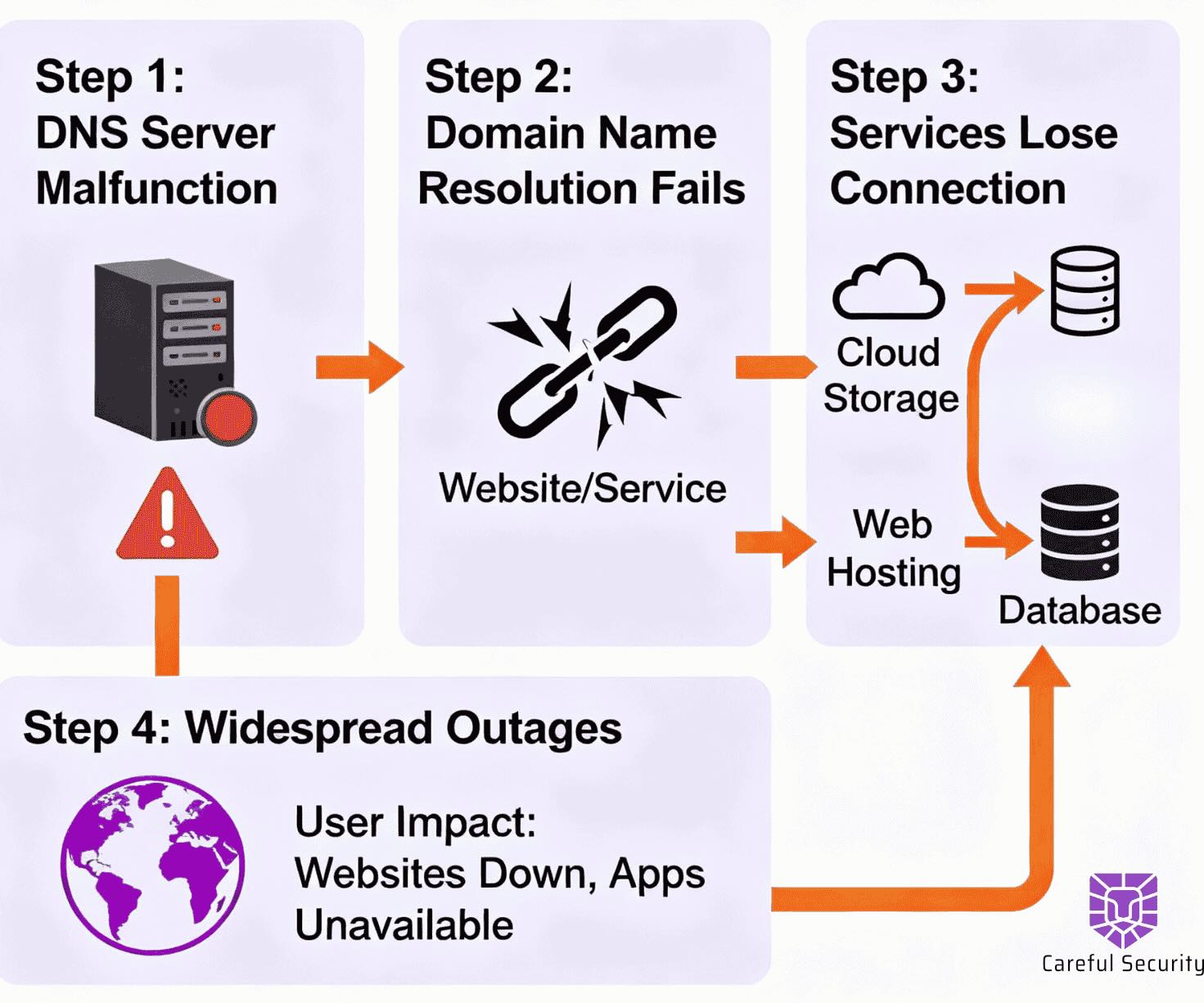API Security for Fintech

Why fintech APIs are a magnet
Fintech runs on APIs such as payment gateways, banking integrations, KYC services, and card-issuing platforms. Those APIs sit right in the blast radius of money flows, making them irresistible targets for attackers who want to move, steal, or launder funds. On the defender’s side, the same APIs are the glue between partners, customers, and internal systems, so any outage or compromise can instantly become a business crisis.
The business value attracts attackers
Every fintech API request can represent a payment, a balance check, or a high-value identity decision. That makes APIs a direct path to revenue, fraud, or data theft, which is why attackers constantly probe them for weaknesses. The more successful your product becomes, the more volume your APIs handle and the more they stand out as high-value targets.
- Money in motion: Payment, payout, and FX APIs control the flow of funds, so a single exploit can unlock large financial gains for attackers.
- Identity and trust: KYC, KYB, and card-issuing APIs decide who is “trusted” in your ecosystem, so attackers try to spoof or replay those decisions.
- Data concentration: Account data, transaction histories, and PII often pass through the same endpoints, giving attackers a one-stop shop if they get in.
APIs are always-on and internet-facing
Unlike internal back-office systems, production APIs are designed to be accessible 24/7 for customers, partners, and mobile apps. That always-on, internet-facing nature means there is no “off hours” for attackers, only a continuous attack surface. Any misconfiguration, forgotten endpoint, or unpatched library becomes an open invitation.
- Public documentation: Many fintechs publish API docs, SDKs, and examples that attackers can study just as easily as developers.
- Complex integrations: Third-party partners, aggregators, and embedded finance use cases add more entry points and more ways to misuse credentials or tokens.
- Legacy versions: Old API versions often stay online for compatibility, even when they no longer meet current security standards.
Common weaknesses in fintech APIs
Most successful attacks do not use zero-days. Instead, they exploit predictable weaknesses in authentication, authorization, and traffic controls. Fintech APIs are particularly exposed when security controls lag behind product and partnership growth.
- Broken authentication: Weak API keys, missing HMAC signing, or long-lived bearer tokens make it easier to steal or guess valid credentials.
- Broken authorization: Logic bugs that do not re-check account ownership, limits, or roles let attackers move funds or view data they should not see.
- Lack of rate limits: Without granular rate limiting per key, IP, or tenant, attackers can brute-force credentials and enumerate IDs at scale.
- Overly permissive scopes: “God mode” keys and broad OAuth scopes give attackers a huge blast radius if one secret leaks.
How attackers actually abuse fintech APIs
Real-world attack campaigns blend automation with business-logic abuse. Instead of just hammering login endpoints, attackers study how your product and partners use the APIs, then mimic that behavior while slowly turning up the malicious activity.
- Credential stuffing and token theft: Attackers replay leaked passwords and API keys from other breaches, or phish developers and partners.
- Enumeration and reconnaissance: They script calls to discover valid account IDs, card tokens, or invoice numbers and map error messages.
- Limits and controls probing: Small test transactions and edge-case requests are used to find missing limits, inconsistent checks, or verbose errors.
- Fraud at the API layer: Once a weak pattern is found, bots and low-and-slow scripts move money, create synthetic identities, or launder funds through normal-looking flows.
What makes a “magnet” API
Some APIs attract far more hostile traffic than others because of what they control and how they are exposed. In fintech, these “magnet” APIs usually sit close to money movement, high-value identity decisions, or access to sensitive financial data.
- High-value actions: Initiating payments, issuing cards, changing settlement accounts, or updating 2FA methods.
- High privilege: Admin and partner APIs that can onboard merchants, adjust limits, or override fraud controls.
- High connectivity: Aggregator, open banking, or embedded finance endpoints that serve many downstream apps and partners.
Defensive patterns that reduce the pull
You cannot stop attackers from targeting your APIs, but you can make successful exploitation much harder. The goal is to layer resilient controls so that even if one safeguard fails, the attacker still hits multiple barriers.
- Strong authentication: Use short-lived tokens, mutual TLS where possible, and HMAC signing on critical endpoints.
- Granular authorization: Enforce fine-grained permissions per tenant, role, and API action, with consistent checks in every path.
- Adaptive rate limits: Apply dynamic rate limits per IP, key, tenant, and action, with stricter limits on money-moving operations.
- Behavioral analytics: Monitor API behavior for anomalies in velocity, geolocation, device patterns, and typical workflows.
- Secure-by-default versioning: Retire old versions, apply secure defaults to new ones, and avoid introducing “temporary” bypasses.
Designing APIs with security as a feature
In fintech, API security is not just a compliance checkbox; it is a core part of your value proposition. Customers choose providers that can both move money quickly and prove that they protect every call, token, and webhook.
- Build security into the product story: Treat controls like HMAC, idempotency keys, signed webhooks, and least-privilege scopes as product features, not hidden plumbing.
- Give customers safe defaults: Ship conservative rate limits, scoped keys, and strong authentication by default, with explicit opt-in for riskier settings.
- Make secure integrations easy: Provide clear examples, client libraries, and observability so integrators can quickly build secure, resilient flows.
Fintech APIs will always attract attackers because that is where the money and data live. The difference between a magnet and a moat is whether your design, controls, and monitoring turn constant probing into just more noise at the edge of a well-defended system.
Teams that treat API security as a first-class product surface end up with stronger trust, fewer incidents, and a real competitive advantage in a crowded fintech market.
Cybersecurity Leadership for Your Business
Get started with a free security assessment today.
.avif)
.avif)




.svg)
.svg)
.svg)